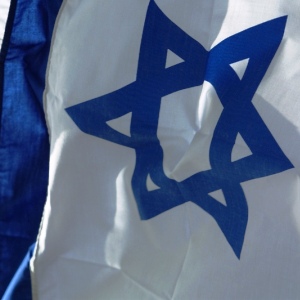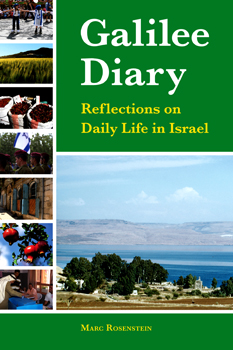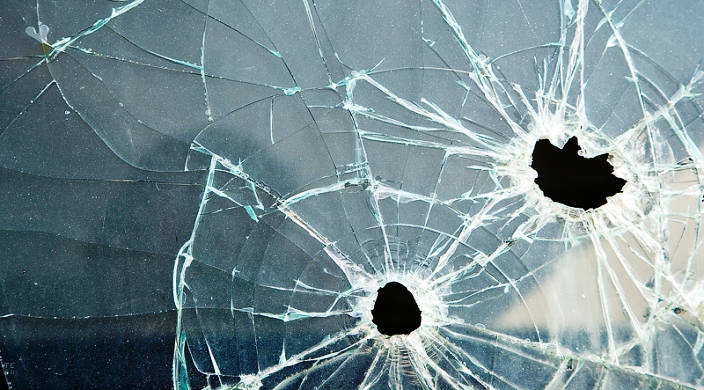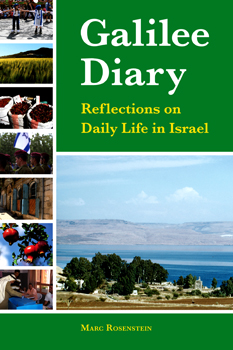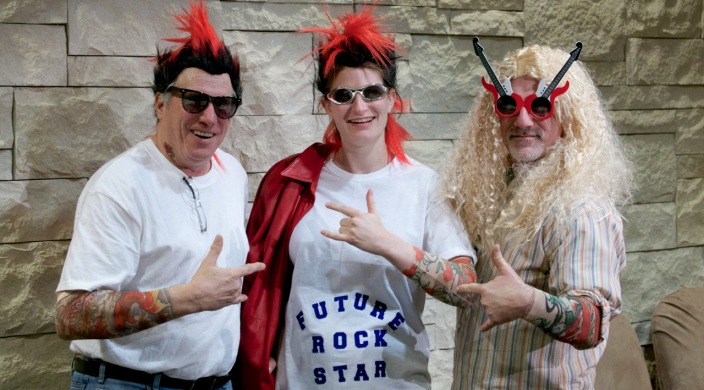Vayikra: Lev. 1:1-5:26
After repeatedly bouncing off the seemingly impenetrable wall of the arcane, exceedingly accurate and lengthily described laws that open the third book of Torah, Vayikra/Leviticus, it is not difficult to understand why legions of rabbis and learned teachers
